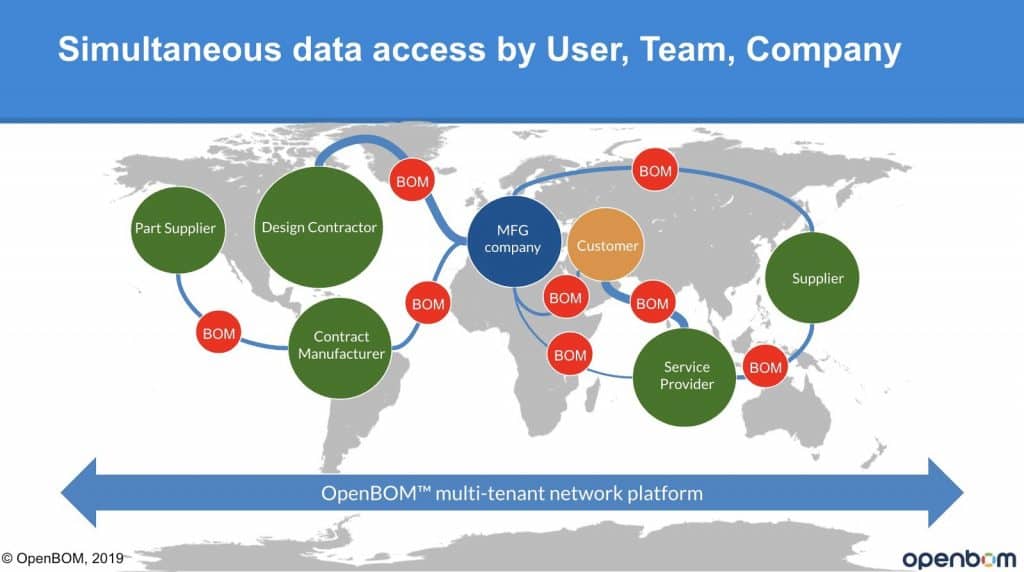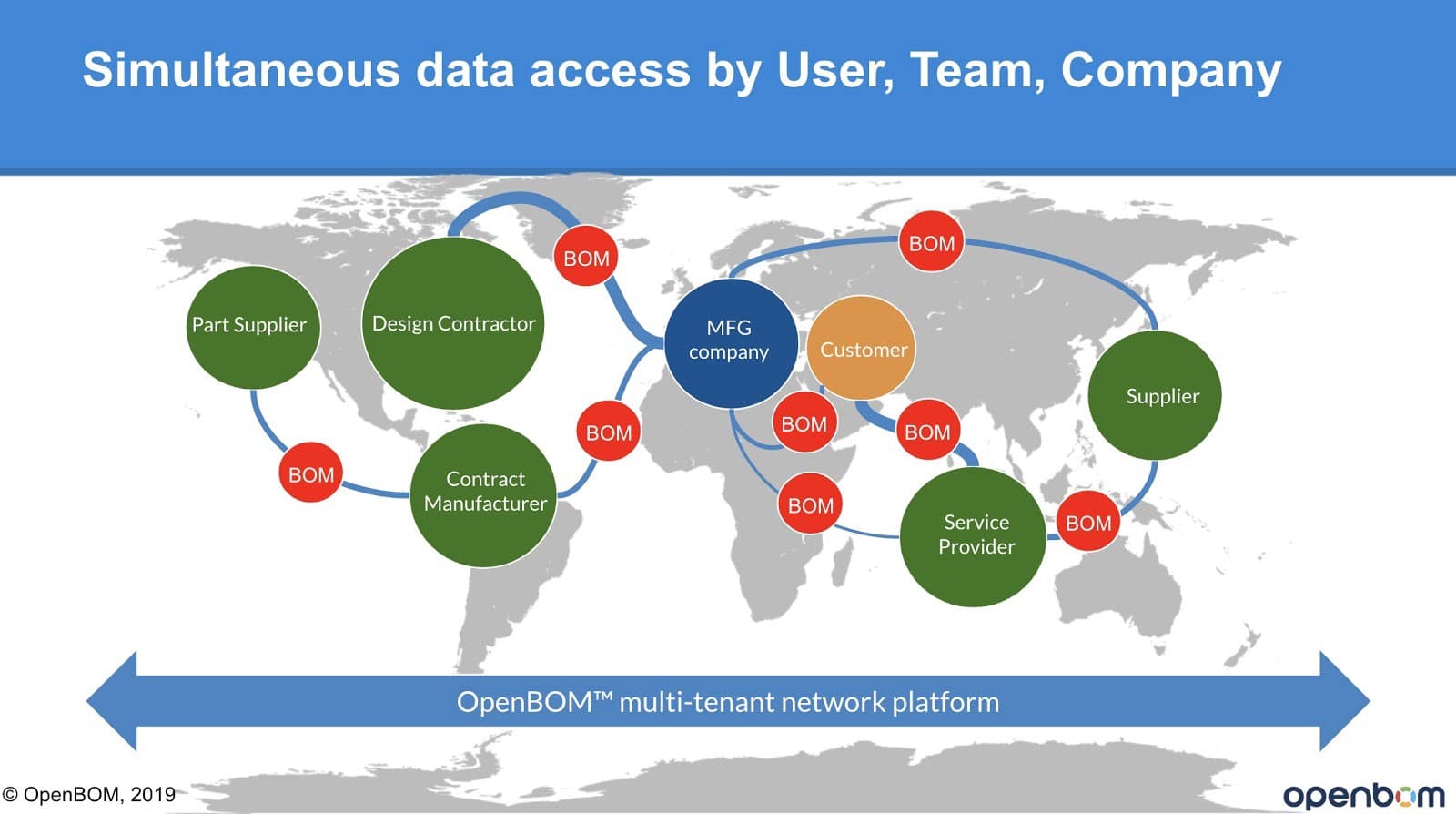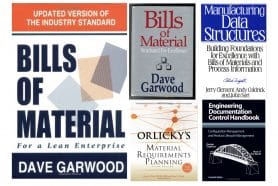А platform is one of the most popular words in modern software (and not only vocabulary). In the old days, a platform was usually a framework that allowed other applications to run. Think of Windows, Mac/OS, or similar. AutoCAD was a great example of the platform back in 1980s-90s allowing many engineering applications to run seamlessly, be sold and integrated.
Modern computing and business environment have significantly extended the definition of the platform. You can hear many definitions and examples of this term. Internet and Cloud Computing have extended the definition of the platform even more.
For example, a business platform or model facilitates business by supporting the exchange of information or services between a group of people or business partners.
A successful platform business model consists of three elements:
- The Toolbox simplifies the connection to the platform. This infrastructure provides interaction between the users.
- The Magnet creates a pull that attracts users to the platform. For transactional platforms, it is important that both producers and consumers are represented to achieve critical mass.
- The Matchmaker stimulates the value flow by establishing connections between producers and consumers. The data underlies successful matchmaking and highlights the platform among other business models.
Dr. Chen says in his article Building a platform of business model 2.0 to create real business value with web 2.0 for web information service industry that a business model should consider the opportunities and features of Web 2.0, in particular, collective intelligence, user-generated content, network effects, and self-improving systems. Service industries will benefit from adopting business models with characteristics of Web 2.0. We are talking about industries like Transportation, HORECA, IT, Communications, Gaming, and more. He also highlights the importance of networking effect along with the technology effect of Web 2.0.
Platformization is coming to engineering and manufacturing companies. CIMdata has provided some interesting definitions and characteristics of platformization in PLM business.
Industrial companies and software providers no longer believe that a single monolithic enterprise information technology application is sustainable and robust enough to serve all of their business functions. Many argue that the complexity of extended enterprise processes, organizational requirements, and information constructs cannot be addressed by any single solution provider, no matter how large. The new business platform paradigm is one in which solutions from multiple providers must be seamlessly deployed using an architecture that is resilient and can withstand rapid changes in individual business functions or delivery modalities. This isn’t about departmental process enablement or even enterprise enablement, but rather extended enterprise process enablement — enablement that can serve role-based needs yet crosses traditional organizational and system boundaries to support processes that span multiple organizations and roles.
The recent video by Peter Bilello from CIMdata can give you some additional perspective on the role of platforms in the service delivery. Amazon and other platforms can be used to deliver services.
So, how does OpenBOM fit into the platform business?
- OpenBOM runs on AWS for free, professional, and team subscriptions. For enterprises, you can choose other platforms supported. So, you can start using OpenBOM just in five minutes by registering online and downloading CAD system add-ins.
- As a business, OpenBOM connects manufacturing companies, engineers, contractors, and suppliers by accessing information such as BOMs and Catalogs. This information is the lifeblood of every single manufacturing business.
- OpenBOM facilitates data exchange and empowers downstream processes by forcing people from initial design to planning (Order BOM) and procurement (Purchase Order) that can be done both offline and online.

Conclusion
OpenBOM is a new generation online service that applies cloud platform delivery mechanism to provide access to a very specific service that does exactly what you need.
This is the biggest differentiator from the old school behemoths system that requires to bring all the information together or to use on-premise servers.
It gives you access to information, connects teams, and facilitates business.
Register to OpenBOM user subscription for free.
Best, Oleg
Join our newsletter to receive a weekly portion of news, articles, and tips about OpenBOM and our community.











The concept of platformization is clearly revolutionizing various industries. OpenBOM’s approach of connecting teams, engineers, and suppliers via a cloud-based platform is a great example of how technology is simplifying complex processes. The shift to flexible, collaborative platforms is a game-changer for manufacturing and service delivery.